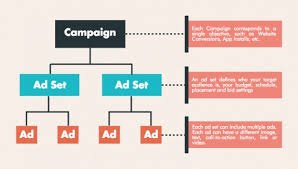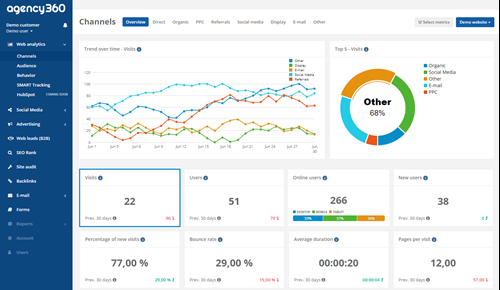What is Split-Testing in PPC?
Split-testing (also known as A/B testing) is the process of comparing two or more variations of a PPC ad to determine which performs best. It helps you optimize your ad strategy for better conversions, lower costs, and higher engagement.
Why Split-Test Your PPC Ads?
- Improve Click-Through Rates (CTR) – Find out which ad copy, image, or headline attracts more clicks.
- Reduce Cost-Per-Click (CPC) – Optimize ads to spend less while reaching the right audience.
- Boost Conversions – Identify what drives users to take action.
- Increase ROI – Spend your ad budget on the best-performing ads.

How to Split-Test Your PPC Ads Effectively
1. Test One Element at a Time
- Focus on headlines, descriptions, call-to-action (CTA), images, or landing pages.
- Example: Test “Buy Now” vs. “Get Yours Today” as your CTA.
2. Create Variations of Your Ad Copy
- Try different wording, tone, and structure.
- Example: Test a question-based ad copy vs. a direct statement.
3. Experiment with Different Ad Formats
- Run tests on Search Ads vs. Display Ads (Learn more).
- Compare text-based vs. image-based ads on social media.
4. Target Different Audiences
- Test age groups, locations, interests, or devices.
- Example: Show ads to mobile users vs. desktop users.
5. Adjust Your Bidding Strategy
- Test manual bidding vs. automated bidding (Learn more).
- See if Maximize Clicks performs better than Target ROAS.
6. Measure Results & Optimize
- Track key metrics: CTR, CPC, conversion rate, and bounce rate.
- Pause low-performing ads and scale up winning versions.

Final Thoughts
Split-testing is a game-changer for PPC success. By testing and optimizing, you can improve your ads, increase conversions, and maximize your ad spend.
🚀 Want expert help with PPC campaigns? Check out our PPC services and let’s boost your performance!
📞 Call us at 0161 399 3517
📧 Email us at Syed_66@hotmail.com
🌐 Visit: Social Media Max

